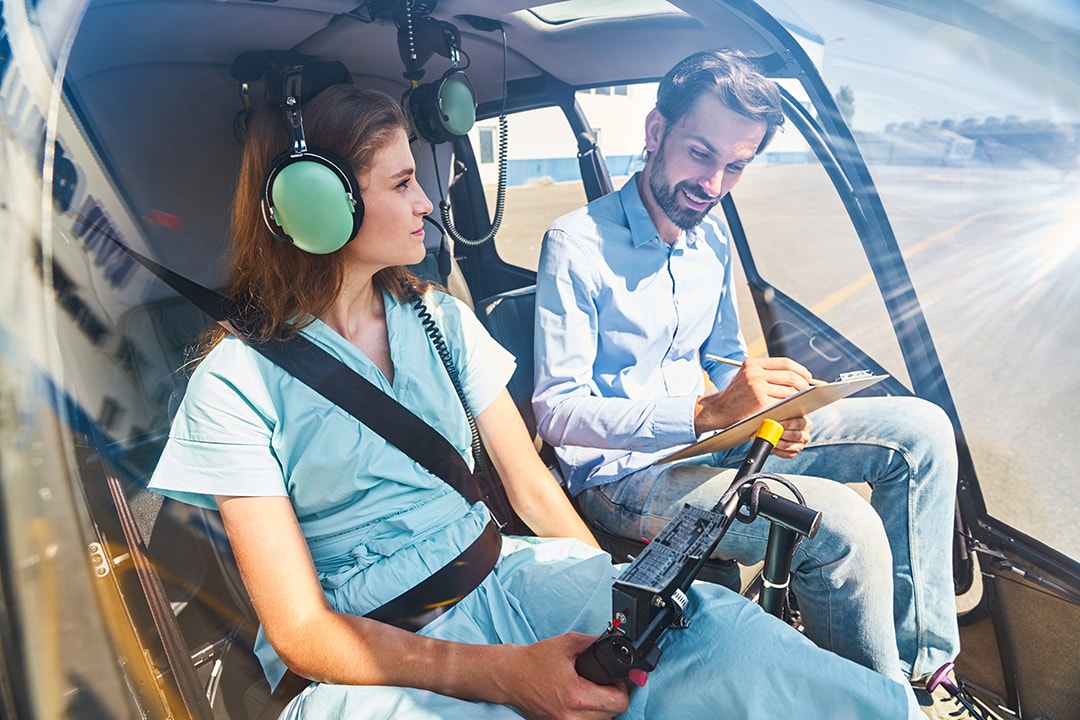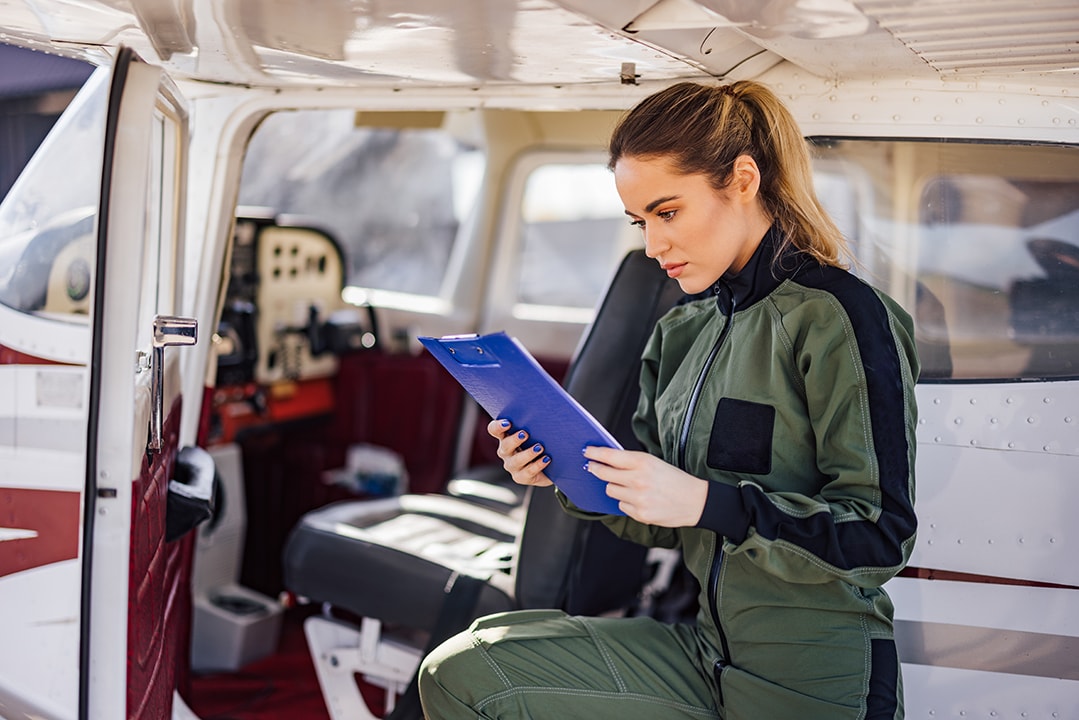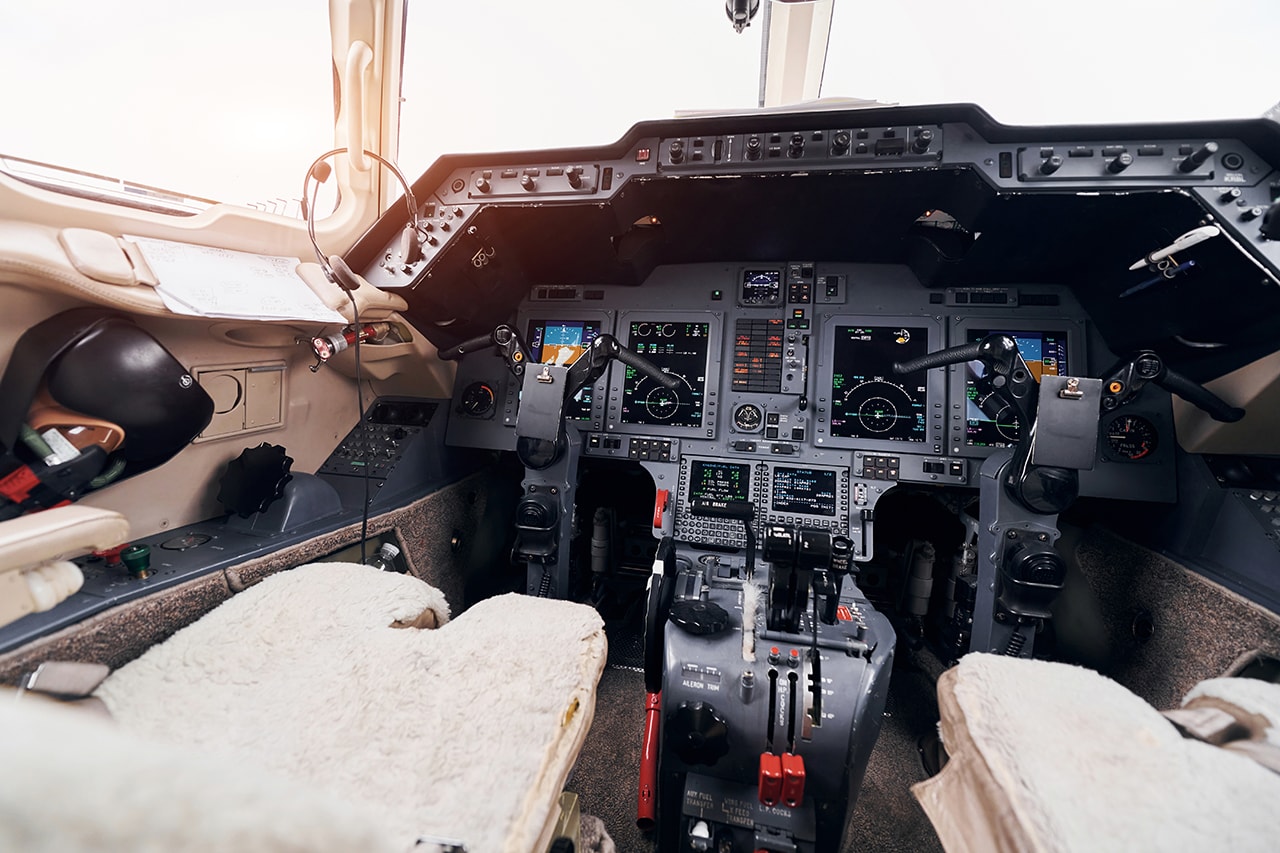Sport Pilot Certification: Requirements and Steps Guide
Oct 06, 2025
Ready to take to the skies with confidence? Sport pilot certification offers an affordable, accessible path to flying light sport aircraft, perfect for those eager to soar without the complexity of traditional licenses.
Discover the essential steps, requirements, and privileges to become a licensed sport pilot and start your aviation adventure today.
How to Get Your Sport Pilot Certification: Step-by-Step Process
Obtaining your sport pilot certification is an exciting journey that opens the door to flying light sport aircraft and enjoying the freedoms and privileges of being a licensed sport pilot.
The sport pilot certificate serves as a more affordable and accessible alternative to the traditional private pilot license, making it an excellent choice for those who want to enter the world of aviation quickly and with less financial burden.
This certification is designed specifically for individuals aiming to fly light sport aircraft, which are smaller, lighter, and simpler to operate than larger planes.
By earning your sport pilot certificate, you gain the ability to fly these aircraft while enjoying key privileges such as carrying one passenger and sharing operating expenses like fuel and aircraft rental fees, all while adhering to the safety and regulatory standards set by the FAA.
The process to become a licensed sport pilot involves several important steps that ensure you are fully prepared and qualified for safe flight operations.
First, you must meet eligibility requirements, including age and language proficiency, and hold a valid U.S. driver’s license or, in some cases, a medical certificate. Next, you’ll complete ground training covering essential aeronautical knowledge areas such as aircraft systems, weather, regulations, and operational procedures.
After passing the FAA sport pilot knowledge test, you will undergo flight training, which requires a minimum of 20 hours, including solo flight training and cross-country flight experience.
Finally, you must pass a practical test administered by a FAA designated pilot examiner to demonstrate your flight proficiency and operational skills. Successfully completing these steps grants you the sport pilot certificate, allowing you to enjoy the thrill of flying light sport aircraft with confidence and within the privileges and limitations established for sport pilots.
Eligibility Requirements
To qualify for a sport pilot certificate, you must meet specific eligibility requirements set by the FAA. First and foremost, you need to be at least 17 years old, which ensures a minimum level of maturity and responsibility necessary for safe flight operations.
Additionally, you must be able to read, speak, write, and understand English proficiently, as effective communication is crucial for understanding flight instructions, regulations, and safety procedures. These language skills are essential not only for passing the FAA knowledge test but also for safe interaction with air traffic control and other pilots during flight.
Another key eligibility criterion is holding a valid U.S. driver’s license, which acts as proof of your medical fitness for flying light sport aircraft. This means that most sport pilot applicants do not need to obtain an FAA medical certificate unless flying gliders or balloons, or if certain medical conditions require it.
Meeting these eligibility requirements is the first and fundamental step toward becoming a licensed sport pilot.
The sport pilot certificate is designed primarily for entry-level pilots who want to fly light sport aircraft with fewer barriers compared to traditional private pilot certification.
This certificate allows pilots to enjoy the privileges of flying smaller, lighter, and less complex aircraft while maintaining safety and regulatory compliance. By meeting the eligibility requirements, you demonstrate that you have the foundational qualifications needed to safely operate a light sport aircraft.
These requirements ensure that sport pilots possess the necessary maturity, language proficiency, and medical fitness to handle the responsibilities of piloting.
Successfully fulfilling these criteria sets the stage for the subsequent steps in the certification process, including ground training, flight training, and passing the FAA practical test, all of which prepare you to become a competent and confident sport pilot.
Medical Requirements
Most sport pilots are exempt from obtaining a traditional FAA medical certificate, allowing them to rely on their valid U.S. driver’s license and its associated restrictions to meet medical fitness standards. This exemption makes it easier and more affordable for many aspiring pilots to begin flying light sport aircraft without the need for a formal medical exam.
However, there are exceptions: if you have certain medical conditions or plan to fly gliders or balloons, you may be required to obtain a medical certificate from an Aviation Medical Examiner (AME).
This situation can sometimes create a sport pilot medical catch 22, where the medical standards needed to qualify for flying may complicate or delay the certification process despite an overall good health condition.
If you do need a medical certificate, the application process is streamlined through the FAA’s MedXPress system, where you can complete your application online and schedule an appointment with an AME for your medical examination.
The AME will evaluate your health to determine if you meet the medical requirements for a sport pilot certificate. It’s important to self-certify honestly that you do not have any medical conditions that would impair your ability to fly safely.
Meeting these medical requirements is a crucial step in the sport pilot certification process, helping to maintain safety in the skies while allowing many pilots to enjoy the freedoms of flying under the sport pilot certificate privileges.
Ground School

Ground school is a fundamental part of becoming a sport pilot, providing essential training that prepares you for both the FAA written exam and practical flight training. This instruction is typically delivered by a certified flight instructor or through a reputable pilot school and covers a wide range of topics critical to safe and effective flying.
You will learn about operational procedures, aeronautical principles, meteorology, aircraft systems, and FAA regulations. This comprehensive knowledge base ensures that you understand how to operate a light sport aircraft properly, interpret aeronautical weather reports, and comply with safety standards and legal requirements.
Ground school also familiarizes you with the applicable aeronautical knowledge areas that the FAA expects you to master before advancing to flight training and the sport pilot knowledge test. In fact, many of the topics covered are shared with those preparing for a student pilot certificate, making ground school a valuable foundation for various pilot certification paths.
Passing the FAA sport pilot knowledge test is a mandatory step in the certification process, and ground school plays a crucial role in preparing you for this exam.
The test evaluates your understanding of important concepts such as weight and balance computations, flight operations, airspace rules, and emergency procedures. Successfully completing ground school and passing the written exam demonstrate your academic readiness and commitment to safe flight practices.
This foundation is critical before you begin your flight training, where you will apply this knowledge in real-world flying situations. By thoroughly engaging in ground school, you set yourself up for success in meeting the sport pilot certificate requirements and ultimately enjoying the privileges of flying light sport aircraft confidently and safely.
Flight Training
Flight training is a vital part of the journey to becoming a licensed sport pilot, requiring a minimum of 20 hours of flight time before you can take the practical test, commonly known as the check ride. This training must include at least 15 hours of instruction with a certified flight instructor, where you will learn essential skills such as preflight procedures, takeoff and landing techniques, emergency operations, and navigation.
Additionally, you are required to complete a minimum of 5 hours of solo flight time, which allows you to practice and build confidence flying light sport aircraft independently.
This combination of instructor-led and solo flight time ensures that you develop the necessary flight proficiency and operational experience to meet the Federal Aviation Administration (FAA) standards for sport pilot certification.
It is also important during this phase to understand and follow the light sport rules, which govern the safe operation of these aircraft and ensure compliance with regulatory requirements.
While the minimum flight time is 20 hours, many students find that completing around 33 hours of flight training better prepares them for the FAA practical test and safe flying beyond certification.
Flight training can be pursued at a flight school or with a certified flight instructor, offering flexibility to fit your schedule and learning style. Throughout your training, you will gain hands-on experience operating light sport aircraft, including mastering takeoff and landing locations, cross-country flights, and understanding operational control tower communications.
Meeting these flight training requirements is essential not only to pass the check ride but also to ensure you are fully equipped to exercise your sport pilot privileges safely and confidently.
By dedicating time and effort to thorough flight training, you set yourself up for success as a licensed sport pilot, ready to enjoy the freedom and excitement of flying light sport aircraft.
Knowledge Test

The knowledge test is a crucial step in the journey to earning your sport pilot certification. This written exam, administered by the FAA, covers a wide range of topics essential for safe and competent flight operations.
It includes principles of flight, aviation regulations, aircraft systems, weather phenomena, navigation, and emergency procedures. Passing the sport pilot knowledge test demonstrates that you have the academic foundation necessary to progress to practical flight training.
Preparing thoroughly for this exam is vital, as it ensures you understand the key concepts and regulations that govern flying light sport aircraft, which is a core requirement for obtaining your sport pilot certificate.
To help candidates succeed, many training programs and study guides are available that focus specifically on the sport pilot knowledge test. These resources cover the applicable aeronautical knowledge areas and provide practice questions similar to those on the FAA exam.
Investing time in ground training, either through a certified flight instructor or a reputable pilot school, will prepare you to confidently pass the test. Successfully completing the knowledge test is not only a regulatory requirement but also a critical milestone that sets the stage for your flight proficiency training and eventual practical test with a designated pilot examiner.
By mastering the knowledge test, you take a significant step closer to becoming a licensed sport pilot, ready to enjoy the privileges of flying light sport aircraft safely and responsibly.
Category and Class Ratings
Category and class ratings are an important part of the sport pilot certification process, as they specify the types of aircraft you are authorized to fly. The FAA defines aircraft categories based on general characteristics, such as airplane, glider, powered parachute, weight-shift control aircraft, and others.
Within each category, there are classes that further classify aircraft by their design and operational features for example, single-engine land or sea airplanes.
When you earn your sport pilot certificate, you receive endorsements for the specific category and class of light sport aircraft you are trained and tested to operate. These endorsements reflect the specific privileges that a sport pilot certificate carries, helping to define exactly what aircraft you may fly safely and legally.
Understanding these distinctions is crucial because your privileges as a sport pilot are limited to the aircraft types for which you hold the appropriate category and class endorsements.
To obtain category and class ratings as a sport pilot, you must complete training and pass proficiency checks tailored to the specific aircraft types you wish to fly. This training is provided by an authorized instructor who will ensure you meet the FAA’s standards for each category and class.
For example, flying a powered parachute category land aircraft requires different skills and knowledge than flying a glider or a weight-shift control aircraft. The FAA does not list category and class ratings directly on the sport pilot certificate; instead, you receive logbook endorsements from your instructor confirming your qualifications.
These endorsements are essential because they legally authorize you to act as pilot flight crewmember in the corresponding aircraft category and class.
Mastery of category and class ratings ensures you are prepared for safe and competent operation of light sport aircraft within your certification privileges.
Flight Proficiency

Flight proficiency is a crucial component of the sport pilot certification process, requiring a minimum of 20 hours of flight time. This training includes essential solo flight time and cross-country flight training, both of which are designed to build your confidence and competence as a pilot.
Solo flight time allows you to practice flying independently, reinforcing the skills learned during instruction, while cross-country flight training teaches you how to navigate longer distances, plan flights effectively, and manage real-world flying scenarios.
One of the most important milestones in this phase is completing a solo cross country flight, which demonstrates your ability to safely conduct longer flights without instructor supervision.
Achieving flight proficiency ensures that you can safely operate a light sport aircraft within the privileges granted by your sport pilot certificate.
To successfully obtain your sport pilot certificate, you must demonstrate your flight proficiency through practical assessments conducted by a FAA designated pilot examiner.
This includes mastering key flight maneuvers such as takeoffs, landings, emergency procedures, and navigation. Meeting these flight proficiency requirements is not only essential for passing your practical test but also vital for ensuring safety during all flight operations.
By dedicating time to thorough flight training and practice, you develop the skills necessary to handle various flight conditions confidently. Flight proficiency is the foundation that supports your ability to enjoy the freedoms of flying light sport aircraft while adhering to FAA regulations and maintaining the highest safety standards.
